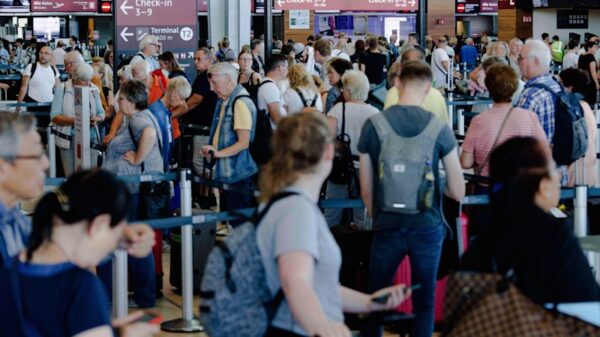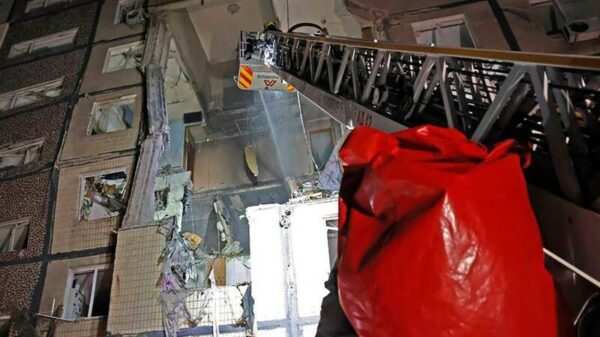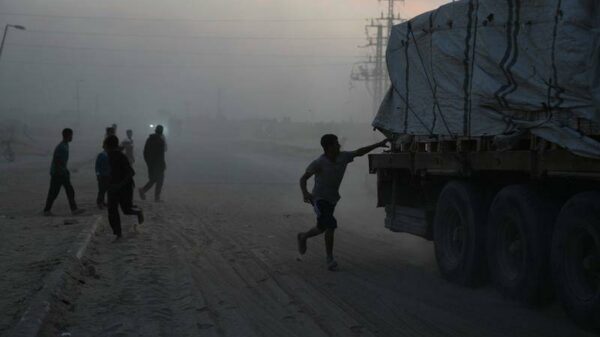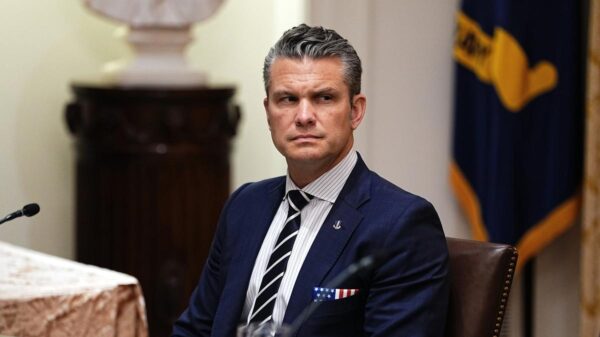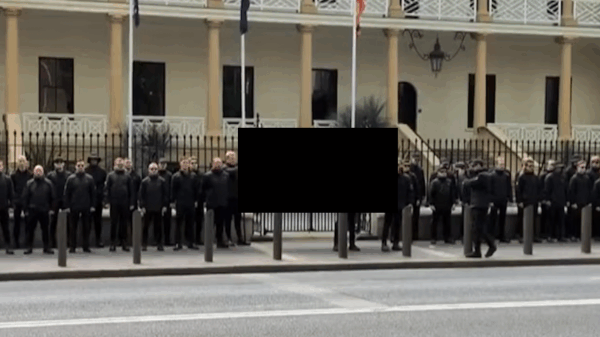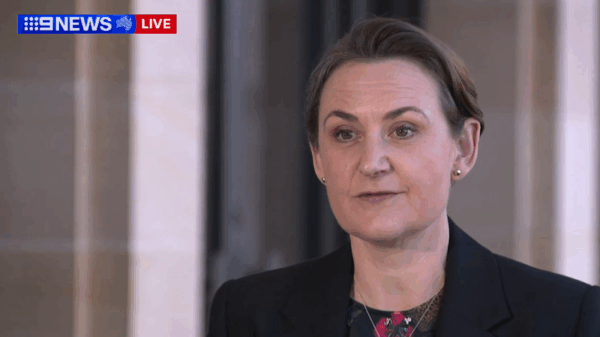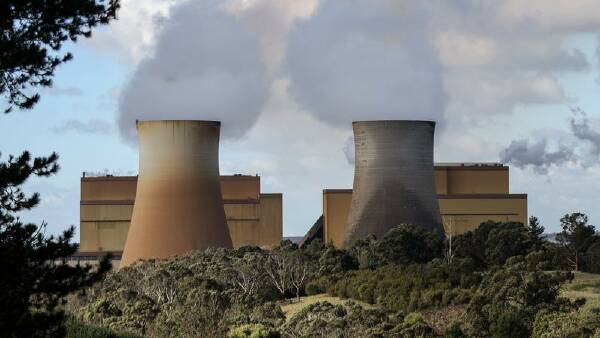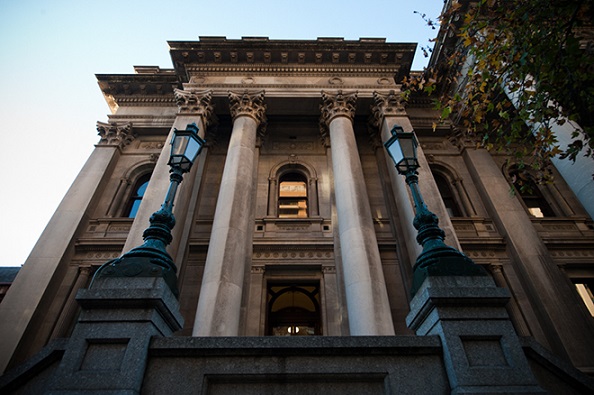More than 240 volunteers from Disaster Relief Australia have dedicated over 13,000 hours to cleaning beaches across South Australia as part of a response to ongoing algal blooms. Since early September, these veteran-led teams have collected approximately 9,000 kilograms of dead marine life from metropolitan beaches, ensuring that communities can safely enjoy their coastal areas this summer.
The beach clean-up operations, which concluded this week, were integral to the $6.3 million effort managed by the Algal Bloom Co-ordination Unit. This initiative aims to support local councils and maintain clean beaches in anticipation of an influx of visitors. The clean-up crews consisted of State Government staff, personnel from Goolwa Pipi Co, and temporary contractors, covering beaches from North Haven to Seacliff.
In light of the upcoming higher-risk weather season, which includes risks of bushfires, floods, and cyclones, the Disaster Relief Australia volunteers have concluded their deployment to prepare for future operations. An additional 40 temporary staff will be integrated into the clean-up teams from this month onwards to continue these vital efforts.
Funding for these operations forms part of the comprehensive $102.5 million Algal Bloom Summer Plan. This plan also includes daily updates on algal bloom conditions at popular beaches via the Surf Life Saving Beachsafe app, enhancing public safety and awareness.
Murray Watt, the Federal Minister for the Environment and Water, praised the efforts of Disaster Relief Australia, stating, “The DRA team have done an incredible job in South Australia in recent months, and we’re so appreciative of their efforts.” He highlighted the importance of their work in maintaining beach safety and accessibility.
Similarly, Lucy Hood, the South Australian Minister for Climate, Environment and Water, expressed gratitude for the volunteers. “Their dedicated service helps ensure South Australians and visitors to our coastal communities can still enjoy a day out at the beach,” she noted. Hood emphasized that the clean-up operations will persist under the summer plan to keep the beaches safe and welcoming.
The head of operations at Disaster Relief Australia, Anthony Birch, remarked on the organization’s adaptability in addressing environmental challenges. “It has been a privilege to work alongside the South Australian Government to serve the community as it navigates this ongoing environmental challenge,” Birch said. He added that the volunteers’ skills and experience enable them to operate effectively in various disaster scenarios.
Chris Beattie, the South Australia’s Co-ordinator for the Algal Bloom Response, commended the volunteers for their unwavering commitment. “They have been an integral part of the Algal Bloom Co-ordination Unit’s beach clean-up efforts and an inspiration to everyone involved in the algal bloom response,” Beattie stated. The continuation of this clean-up initiative aims to ensure that all beachgoers can enjoy a safe and clean environment throughout the summer months.
This collaborative effort highlights the significant role of community volunteers and organizations in managing environmental concerns and underscores the importance of public safety during peak tourist seasons.








